Not every plant in the garden comes with a squeaky-clean past. Some of the most ordinary-looking flowers, herbs, and shrubs have histories tangled up in old laws, superstitions, and a few eyebrow-raising uses. You might pass them every day without realizing they were once banned, feared, or part of some shady trade.
This list pulls together 15 plants that are totally legal to grow now—but haven’t always had such a calm reputation. From ancient poisons to plants tied up in smuggling and mysticism, their backstories are anything but boring. You might see your garden a little differently after this.
Poppy (Papaver somniferum)
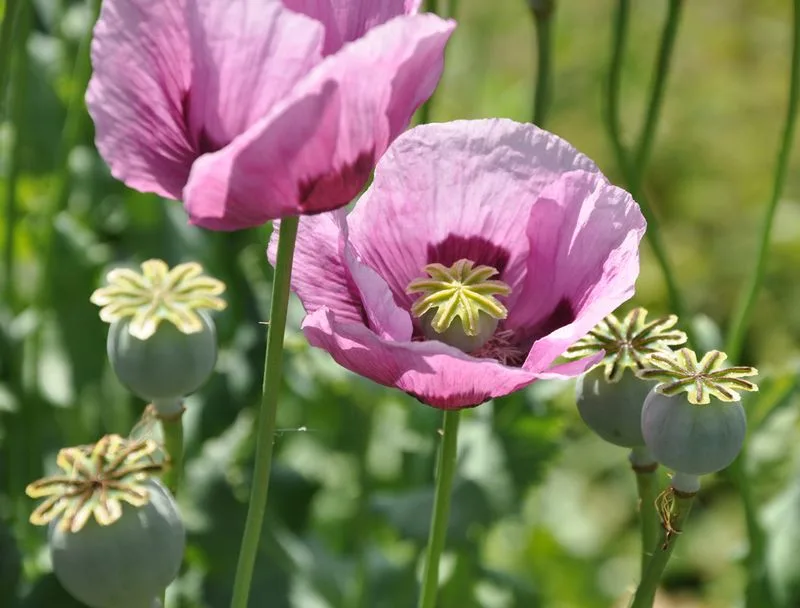
Once associated with opium production, the poppy has a storied past. Originating in the Middle East, it became infamous for its role in the opium trade. Its striking red flowers, however, hold no blame.
Today, poppies are cherished for their beauty and symbolism. They thrive in sunny gardens, adding a touch of drama. Though their seeds are legal, the poppy reminds us of history’s twists.
Gardening tip: Sow poppy seeds in early spring for a burst of color. Did you know? Poppies are symbols of remembrance for fallen soldiers.
Coca Plant (Erythroxylum coca)
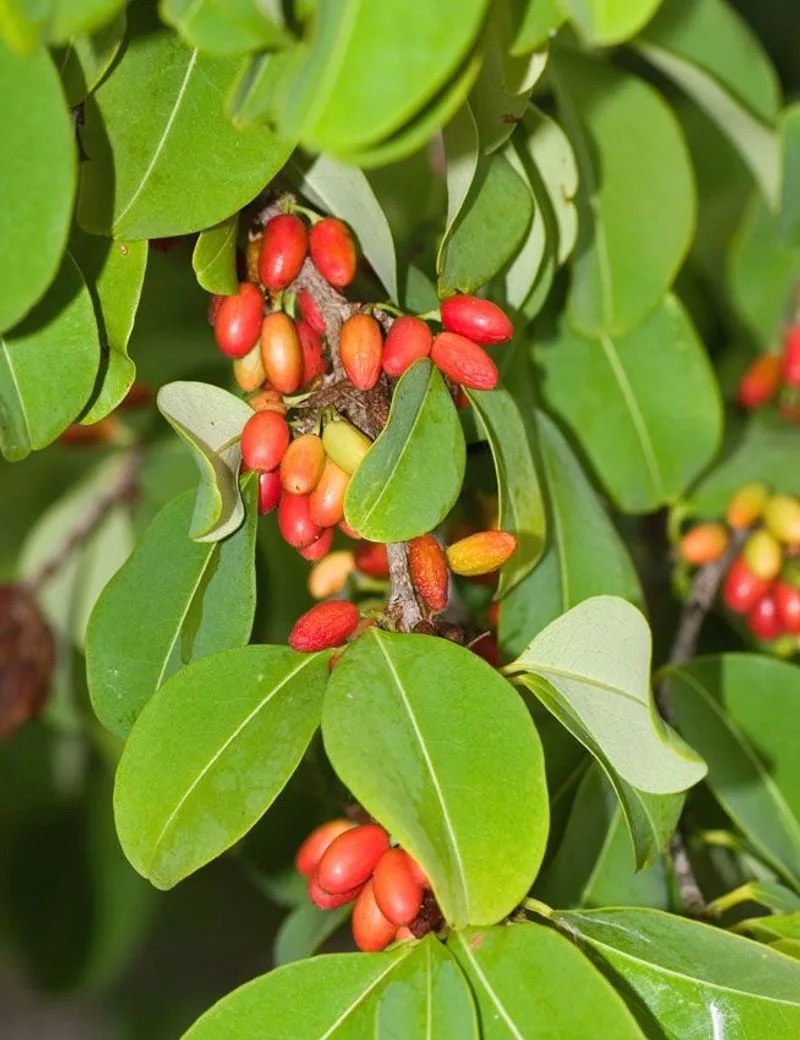
The coca plant’s history is as complex as its leaves are glossy. Native to South America, this plant was revered by indigenous cultures for its stimulating properties. However, it gained notoriety as the source of cocaine.
In gardens, coca is grown for its historical significance and cultural value. It prefers warm climates and well-drained soil.
Fun fact: Coca leaves were once used in the original Coca-Cola formula. Gardeners appreciate its resilience, but cultivating coca requires care and respect for its contentious past.
Hemp (Cannabis sativa)
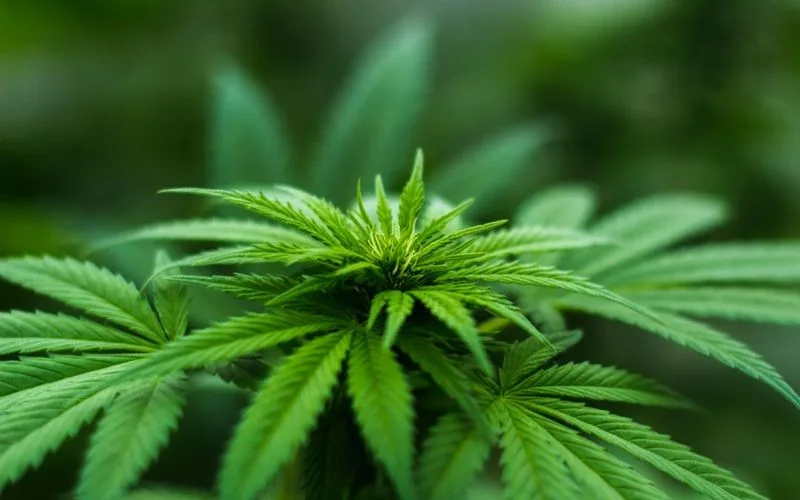
Hemp, a versatile plant, was once entangled in legal battles due to its close relation to marijuana. Despite its controversial cousin, hemp is celebrated for its industrial uses.
Tall and sturdy, hemp grows quickly, making it ideal for eco-friendly textiles. Its legality varies, but its utility is undeniable.
Did you know? Hemp seeds are a nutritional powerhouse. In the garden, hemp offers a sustainable crop option, reflecting both innovation and tradition.
Foxglove (Digitalis purpurea)
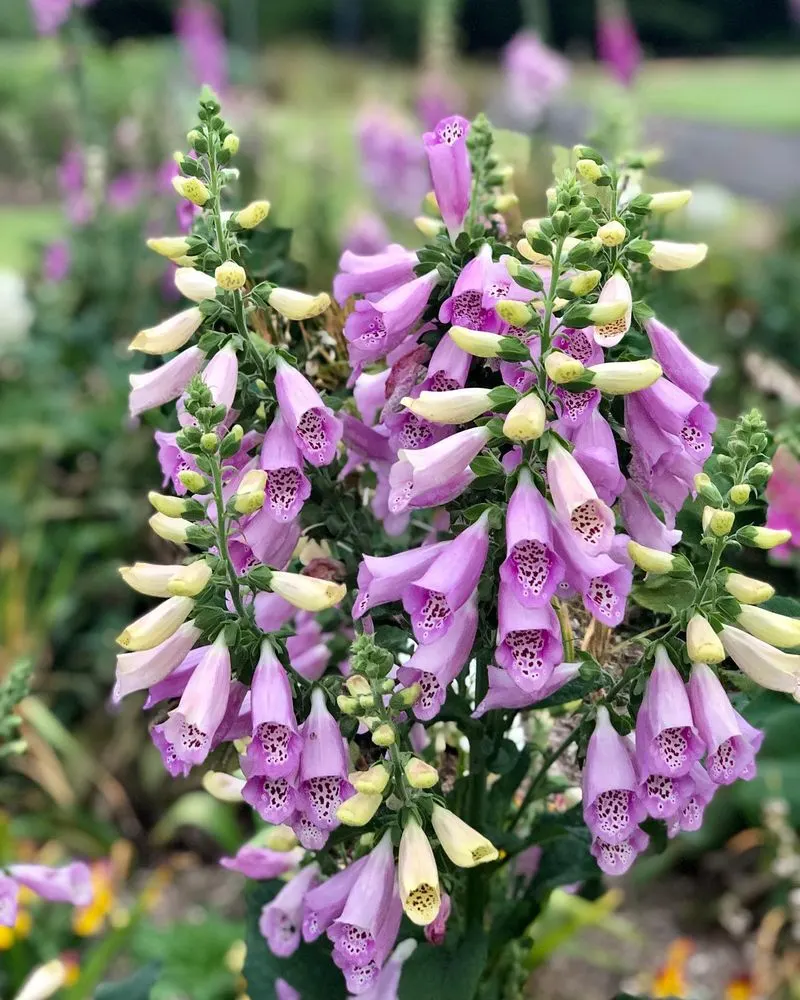
Foxglove’s beauty is matched by its potent history. Once used in heart medications, this plant’s toxic allure is well-documented. Originating from Europe, it became both a healer and a poisoner.
In gardens, foxglove attracts pollinators with its tall, tubular flowers. Its dual nature as both toxic and medicinal adds intrigue.
Gardening tip: Plant foxglove in shady areas for best results. Its historical use in medicine makes it a captivating addition to any garden.
Tobacco (Nicotiana tabacum)
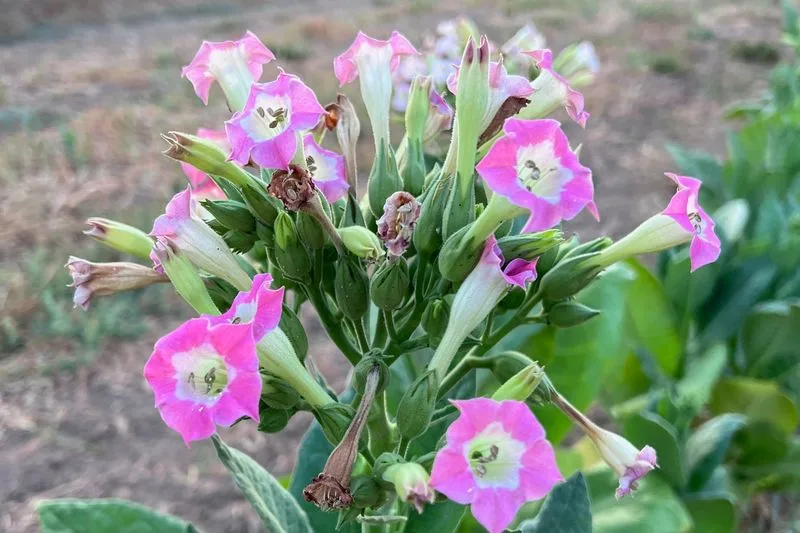
Tobacco’s legacy is as smoky as its leaves. This plant, native to the Americas, became a major cash crop and a subject of health debates.
Today, tobacco is grown more for ornamental purposes, its trumpet-like flowers adding charm to gardens. Its history as a commodity is a tale of transformation.
Fun fact: Tobacco was once used as currency. Gardeners value it for its aesthetic appeal and historical significance, though it’s approached with caution.
Wormwood (Artemisia absinthium)
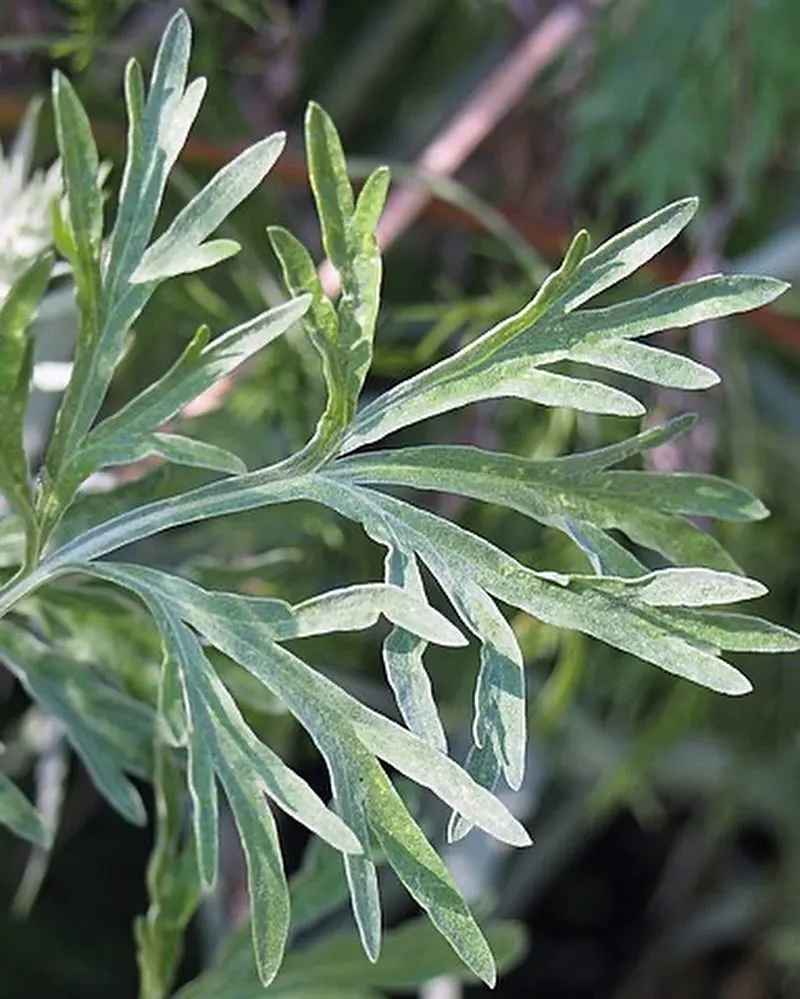
Wormwood’s bitter legacy is entwined with absinthe, the ‘green fairy’ spirit. Native to Eurasia, it’s known for its aromatic leaves and controversial past.
In gardens, wormwood serves as a striking border plant, its silvery leaves adding texture. The lore of absinthe only enhances its allure.
Gardening tip: Use wormwood to deter pests naturally. Its historical ties to absinthe make it a plant of intrigue and caution for gardeners.
Tea Plant (Camellia sinensis)
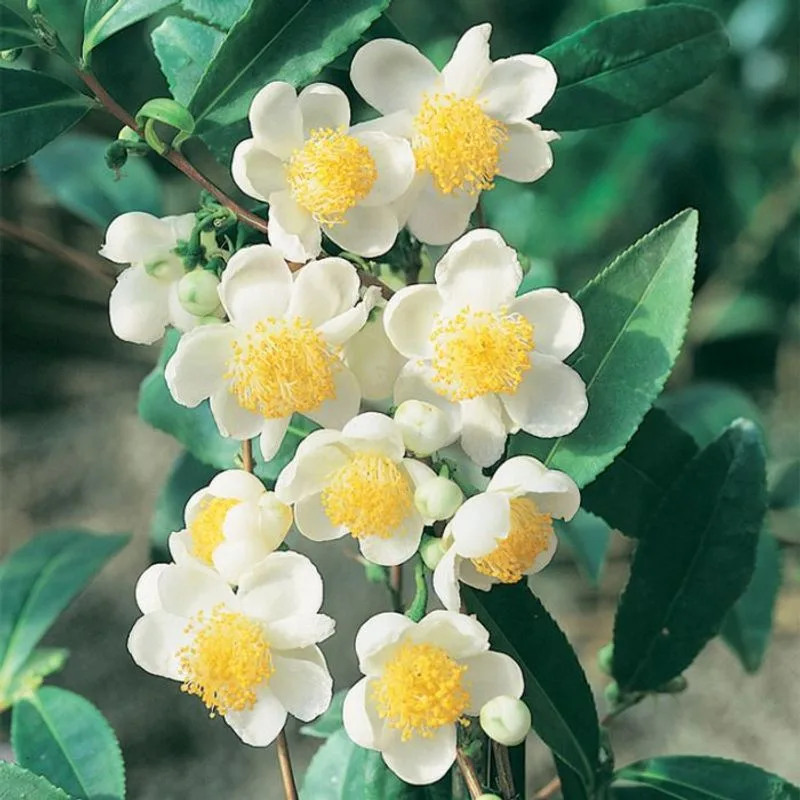
The tea plant’s history is steeped in cultural rituals and global trade. Native to Asia, it sparked the infamous Boston Tea Party, a symbol of rebellion.
Today, it thrives in temperate gardens, its leaves brewed into the world’s favorite beverage. Its past as a catalyst for change adds depth.
Gardening tip: Grow tea plants in acid-rich soil. Their historical significance in trade and culture makes them a rewarding choice for gardeners.
Belladonna (Atropa belladonna)
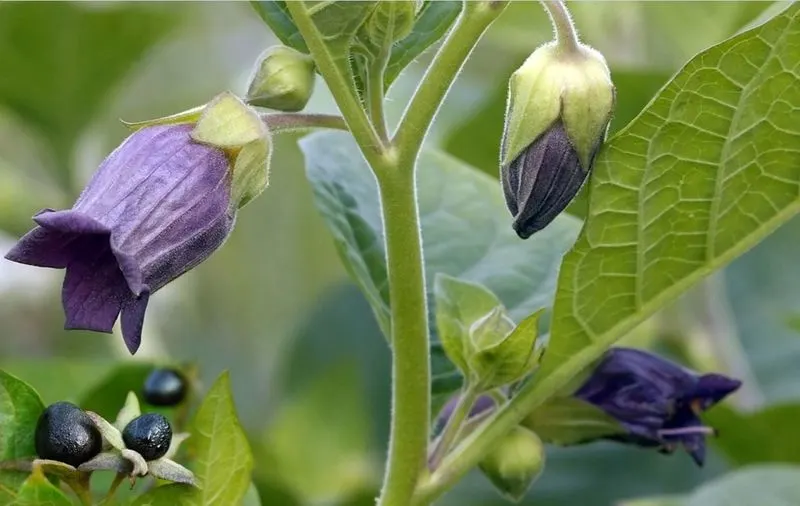
Belladonna, or deadly nightshade, is infamous for its lethal past. Used historically as a poison, it’s cloaked in mystery and danger.
In gardens, belladonna captivates with its dark berries and delicate flowers. Its name means ‘beautiful lady,’ reflecting its contradictory nature.
Fun fact: Belladonna was used by women to dilate pupils for beauty. Gardeners should handle with care due to its toxic properties, appreciating its enigmatic history.
Ephedra (Ephedra sinica)
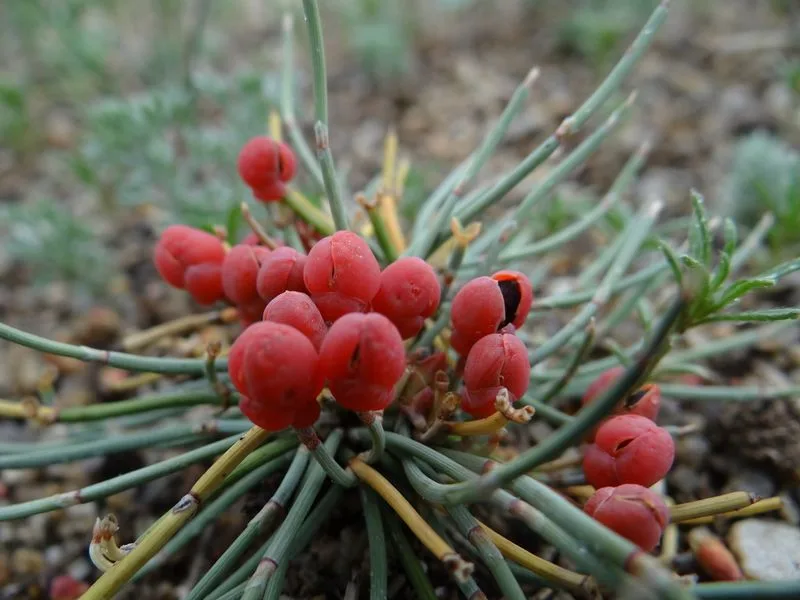
Ephedra, known for its stimulating properties, has a contentious past. Used in traditional Chinese medicine, it later became the source of ephedrine.
In gardens, ephedra’s unique appearance stands out, thriving in arid conditions. Its historical medicinal use adds a layer of intrigue.
Gardening tip: Plant ephedra in sandy soil to mimic its natural habitat. The plant’s adaptation to harsh environments highlights its resilience and historical significance.
Cinchona (Cinchona officinalis)
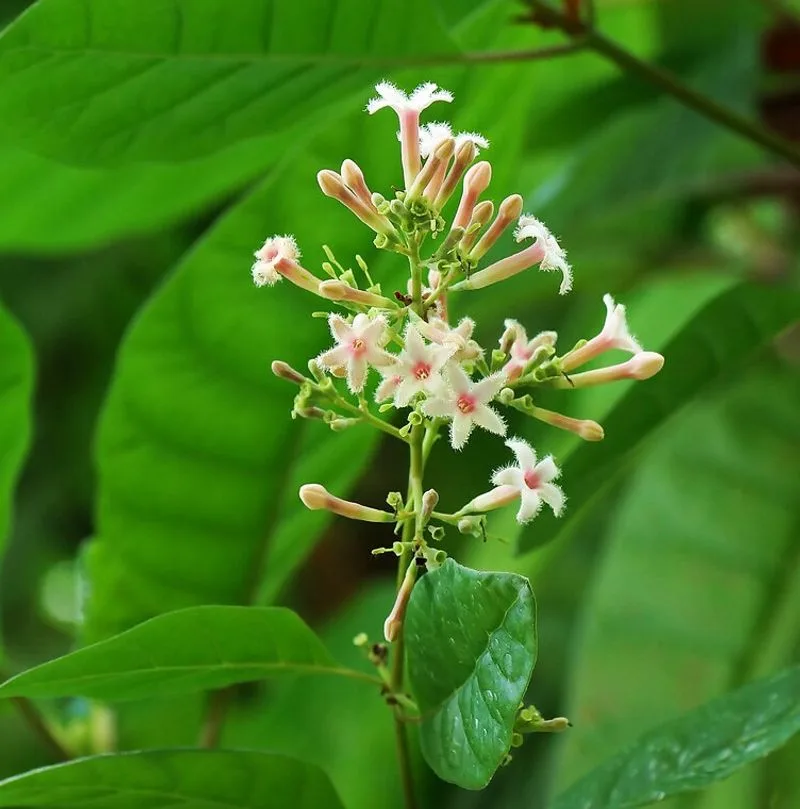
Cinchona’s bark has a bitter tale to tell. Known for producing quinine, it was instrumental in fighting malaria. This plant from the Andes has saved countless lives.
In gardens, cinchona is appreciated for its medicinal history and attractive foliage. It requires a humid environment to thrive.
Fun fact: Quinine from cinchona bark was the first effective malaria treatment. Its role in medicine makes it a plant of great significance in history.
Cotton (Gossypium spp.)

Cotton, synonymous with textiles, bears a complex history intertwined with industry and slavery. Native to tropical regions, it became pivotal in global trade.
In gardens, cotton is grown for its soft bolls and educational value. Its legacy is both beautiful and sobering.
Gardening tip: Grow cotton in warm climates with plenty of sun. Its significance in history and industry makes it an intriguing plant to cultivate.
Peyote (Lophophora williamsii)

Peyote holds spiritual significance among Native American cultures, known for its psychoactive properties. This small cactus faces legal challenges due to its use in religious ceremonies.
In gardens, peyote is revered for its cultural importance and unique appearance. It thrives in arid environments.
Fun fact: Peyote is used in traditional spiritual practices. Its role in culture and spirituality is a testament to its enduring significance.
Khat (Catha edulis)

Khat’s leaves have sparked debate over their stimulant effects. Native to the Horn of Africa, khat is chewed for its mild euphoric properties.
In gardens, khat is cultivated for its cultural connections and vibrant foliage. It thrives in well-drained soils.
Gardening tip: Ensure khat plants receive ample sunlight. Its cultural significance and stimulating effects make it a topic of both interest and caution for gardeners.
Nutmeg (Myristica fragrans)

Nutmeg, the spice of global intrigue, was once a symbol of wealth and power. Originating from the Banda Islands, it sparked the Spice Wars.
In gardens, nutmeg trees offer aromatic seeds and lush greenery. Their historical role in trade adds richness to their allure.
Fun fact: Nutmeg was once worth more than gold. Its fragrant seeds and storied past make it a valuable addition to tropical gardens.
Bay Leaf (Laurus nobilis)

Bay leaves, a culinary staple, have a regal history. Once used to crown victors and emperors, they symbolize honor and achievement.
In gardens, bay trees are prized for their aromatic leaves and elegant form. They thrive in well-drained soils and sunny spots.
Gardening tip: Prune regularly to maintain shape. Bay leaves’ historical significance in culture and cuisine makes them a garden favorite.

